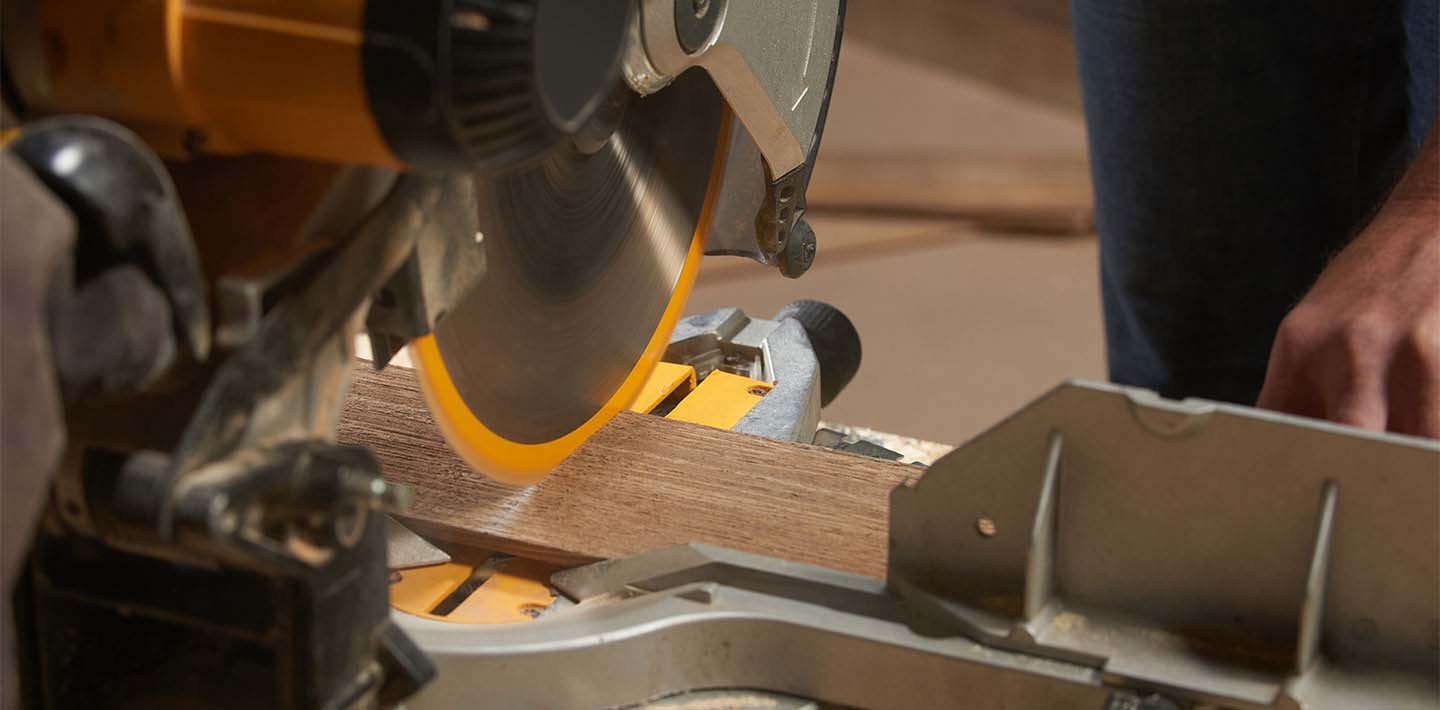
What is the difference between nominal and actual dimensions?
Posted 7/26/2018 by Marketing


This diagram is showing the actual dimensions for this 1x6 tongue and groove board.
Anyone who has ever gone shopping for lumber, whether it’s for construction or a small project, has encountered this issue: A piece of lumber may have a stated size such as 2x4 or 1x6, but when the lumber is measured, the size is a bit smaller than stated. A 1x4 measures 3/4 inch thick by 3 1/2 inches wide and a 2x4 measures 1 1/2 inch thick by 3 1/2 inches wide. Why isn’t that actual size listed on the lumber? There is a simple explanation for this. Lumber suppliers have traditionally used nominal dimensions.
Nominal Dimensions
Nominal measurements traditionally refer to the size of the board when it was first rough cut, before it was dried and planed (smoothed). This is the measurement of the green board before any shrinkage has occurred. Shrinkage happens as the wood dries and loses its moisture content.
Actual Dimensions
Actual measurements are the actual final size of the lumber after it has been dried and planed. Boards will shrink width-wise versus length-wise because of the direction of the grain. This is because wood is anisotropic, meaning that the wood's properties will change depending on the grain direction. It is also important to note that if the final product has been planed on all four sides, it will be denoted as S4S. If only two sides are planed, it is denoted as S2S.
Common Lumber Dimensions
| Nominal Size | Actual Size |
| 1x2 | 3/4" x 1-1/2" |
| 1x3 | 3/4" x 2-1/2" |
| 1x4 | 3/4" x 3-1/2" |
| 1x6 | 3/4" x 5-1/2" |
| 1x8 | 3/4" x 7-1/4" |
| 1x10 | 3/4" x 9-1/4" |
| 1x12 | 3/4" x 11-1/4" |
| 2x2 | 1-1/2" x 1-1/2" |
| 2x3 | 1-1/2" x 2-1/2" |
| 2x4 | 1-1/2" x 3-1/2" |
| 2x6 | 1-1/2" x 5-1/2" |
| 2x8 | 1-1/2" x 7-1/4" |
| 2x10 | 1-1/2" x 9-1/4" |
| 2x12 | 1-1/2" x 11-1/4" |
| 4x4 | 3-1/2" x 3-1/2" |
| 4x6 | 3-1/2" x 5-1/2" |
| 6x6 | 5-1/2" x 5-1/2" |
Ready to start your next project? Find where to buy.


.jpg?h=680&iar=0&w=680&sc_lang=en&hash=C30D22162AF96907A51B436E08EA83D2)




.jpg?h=711&iar=0&w=1440&hash=F5E8F5E89E9AEC468D57AD8765D962E0)
